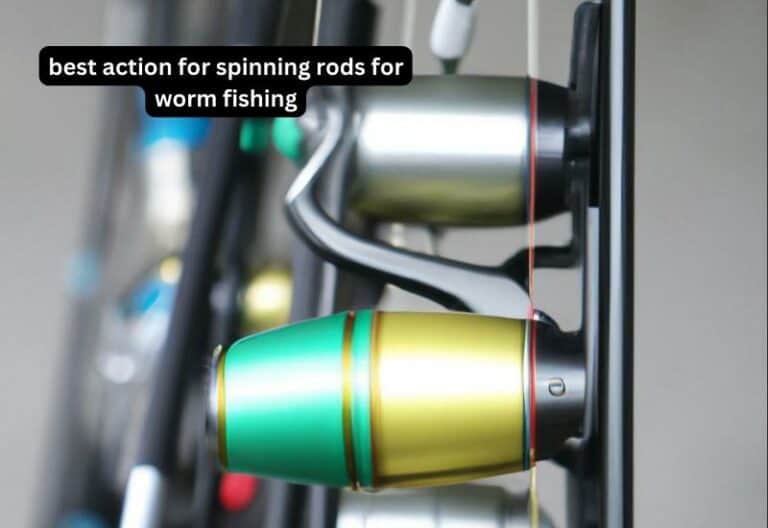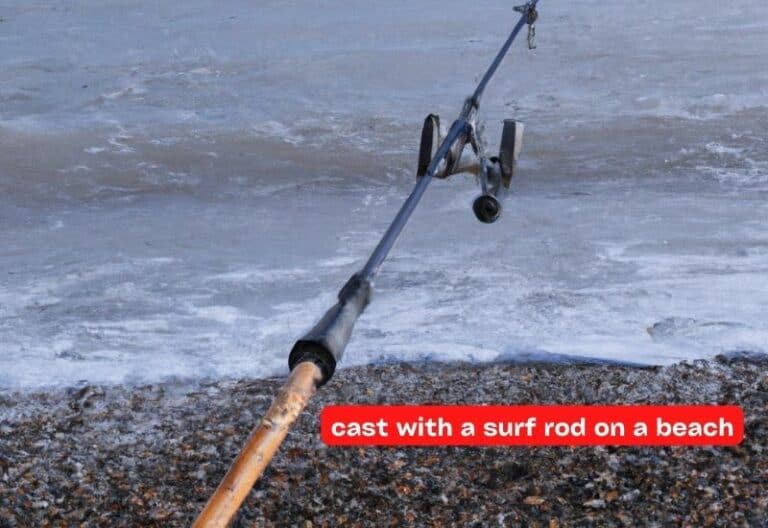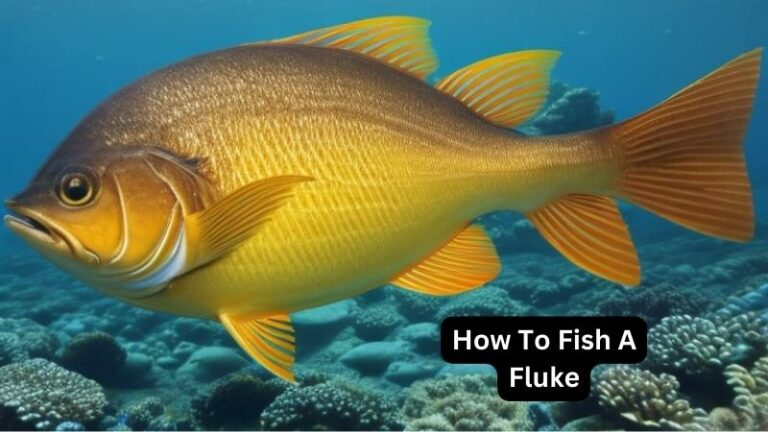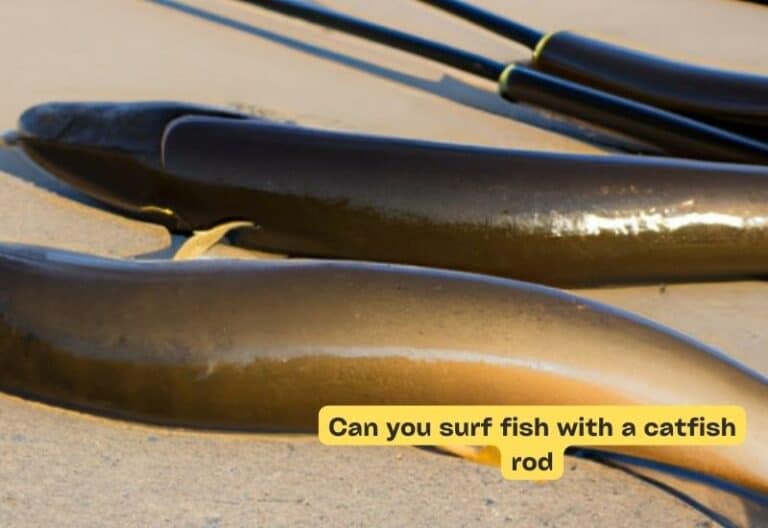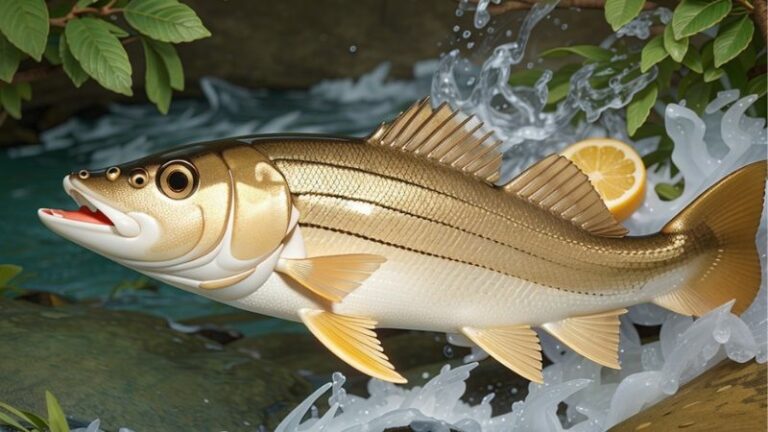How To Catch Sea Bass
Today we discuss How To Catch Sea Bass. Imagine standing on a beautiful, sun-kissed shoreline, feeling the anticipation bubbling within you. You cast your line into the crystal-clear waters, armed with knowledge and ready to conquer the sea. Whether you’re a beginner or an experienced angler, learning how to catch sea bass can be an exhilarating adventure. Get ready to discover the secrets of finding and hooking these magnificent fish!
But why go after sea bass, you ask? Well, besides being a thrilling and rewarding experience, sea bass provides a delectable feast. These silver beauties are known for their strong fight and exquisite taste, making them a favorite among fishermen and seafood lovers alike. So, if you’re ready to embark on a sea bass fishing journey, let’s get started on mastering the art of the catch!
Now, my young fishing enthusiast, let’s learn the fundamentals, explore the techniques, and uncover the secrets to successfully catching sea bass. Get ready to become an expert angler as we dive headfirst into the fascinating world of sea bass fishing!
How to Catch Sea Bass: A Complete Guide
Sea bass fishing is a popular recreational activity that offers both relaxation and challenge. Whether you are a novice angler or an experienced fishing enthusiast, understanding the best techniques and strategies for catching sea bass can greatly enhance your chances of success.
1. Understanding the Habitats of Sea Bass
When it comes to sea bass fishing, knowledge of their preferred habitats is crucial. Sea bass are typically found near rocky structures, such as jetties, piers, and submerged rocks. They are also known to inhabit wrecks, reefs, and artificial structures like artificial reefs or submerged shipwrecks. These habitats provide sea bass with shelter and access to their preferred prey.
To effectively target sea bass, it’s important to have a reliable fish finder or sonar device, as this will help you locate underwater structures and identify potential feeding grounds. When scouting for sea bass, look for depth changes, underwater ledges, and any structure that could provide them with a hiding spot. These are the areas where sea bass are most likely to congregate. Once you’ve identified a promising spot, mark it on your GPS to ensure you can easily return to it in the future.
2. Choosing the Right Equipment for Sea Bass Fishing
Selecting the appropriate fishing gear is crucial for a successful sea bass fishing expedition. Here are some key equipment considerations to keep in mind:
Rods and Reels:
For sea bass fishing, medium to heavy-action spinning or baitcasting rods are typically recommended. These rods provide the necessary strength to handle the powerful strikes and fights of sea bass. Pair your rod with a high-quality reel that has a smooth drag system and is capable of holding sufficient line capacity.
Fishing Line:
Opt for a braided fishing line with a test strength ranging from 20 to 30 pounds. Braided lines offer excellent strength and sensitivity, allowing you to detect even the slightest bites from sea bass.
You can use a fluorocarbon or monofilament leader of approximately 20 to 30 pounds between the mainline and your terminal tackle to add some abrasion resistance.
Hooks and Rigs:
When it comes to hooks, opt for sizes ranging from 1/0 to 4/0. Use a variety of hooks to accommodate different bait sizes and fishing conditions. The two most common rig setups for sea bass fishing are the high-low rig and the fish finder rig.
The high-low rig allows you to present multiple baits at different depths, increasing your chances of enticing a sea bass to bite. The fish finder rig is ideal for presenting larger bait or live bait near the bottom.
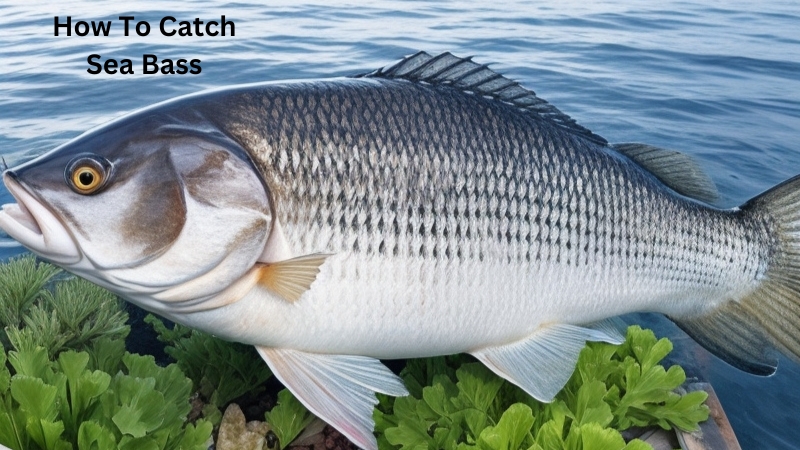
3. Bait and Lures for Sea Bass Fishing
Sea bass are known to be opportunistic feeders and will readily take a variety of baits and lures. Understanding the preferences of sea bass can significantly increase your chances of success. Here are some popular bait and lure options for targeting sea bass:
Bait:
Some of the most effective natural baits for sea bass include live or fresh dead shrimp, squid, clams, or cut baitfish. These baits can be presented on a hook and cast out or used in conjunction with a jig setup.
Lures:
When it comes to artificial lures, soft plastic baits, swimbaits, crankbaits, and jigs are highly effective for catching sea bass. Opt for lures that mimic the appearance and movement of their natural prey. Experiment with different colors and sizes to determine what the sea bass are most responsive to on any given day.
Techniques:
Once you have chosen your bait or lure, there are several techniques you can employ to entice sea bass to bite. Popular techniques include casting and retrieving, jigging, and bottom bouncing. Vary your retrieval speed and cadence to find the presentation that triggers the most strikes.
Best Times and Tides for Sea Bass Fishing:
Timing is crucial when it comes to sea bass fishing. While sea bass can be caught year-round, they are more active during certain times and tides. The best time to target sea bass is during their feeding periods, which are typically during low-light conditions such as dawn and dusk. Sea bass are known to be more active during these times, making it easier to entice them with your bait or lure.
Tides also play a significant role in sea bass fishing. Many experienced anglers prefer fishing during the outgoing or incoming tides when the water movement is stronger. These tidal movements stir up the seabed, attracting sea bass who are opportunistic feeders. Additionally, fishing near structures during tidal changes can be particularly productive, as sea bass often use these areas to ambush prey.
Catch and Release Tips for Sea Bass:
As responsible anglers, it’s important to practice catch and release to ensure the sustainability of the sea bass population. When handling sea bass, minimize the amount of time they spend out of the water to prevent stress and injury. Use wet hands or a landing net to handle the fish gently and remove the hooks efficiently. If the fish is deeply hooked, consider using a de-hooking tool to minimize any damage.
Before releasing the sea bass, revive it by gently moving it back and forth in the water to help oxygenate its gills. Once the fish shows signs of strength and is able to swim away on its own, release it back into the water. By practicing catch and release, you contribute to the conservation of sea bass populations, ensuring future generations can also enjoy the thrill of sea bass fishing.
Recommended Sea Bass Fishing Spots:
1. Chesapeake Bay, Maryland:
Known for its abundant sea bass population, the Chesapeake Bay in Maryland offers anglers an excellent opportunity to catch trophy-size sea bass. The bay provides a diverse range of fishing environments, including shallow water flats, deep channels, and submerged structures.
Details: Whether you prefer fishing from a boat or the shore, the Chesapeake Bay has something for everyone. Consider targeting sea bass near the rocky jetties of the Chesapeake Bay Bridge Tunnel or the various wrecks and reef structures scattered throughout the bay. Don’t forget to check for local regulations and obtain the necessary permits before embarking on your fishing adventure.
2. Cape Cod, Massachusetts:
Introduction: Cape Cod, Massachusetts, is a popular destination for anglers seeking to catch sea bass. Its unique geography and nutrient-rich waters create an ideal habitat for sea bass and other game fish.
Details: The waters around Cape Cod offer a variety of fishing opportunities for sea bass enthusiasts. Consider targeting sea bass near the rocky coastline or around the artificial reefs located offshore.
3. Outer Banks, North Carolina:
The Outer Banks of North Carolina is a premier destination for sea bass fishing. Its vast coastline, productive reefs, and abundance of underwater structures make it a haven for anglers seeking a thrilling sea bass fishing experience.
When fishing the Outer Banks for sea bass, consider targeting the reefs and submerged structures found offshore. The numerous shipwrecks and artificial reefs in the area serve as prime hunting grounds for sea bass. Bottom bouncing with a jig or fishing with live bait near these structures often yields excellent results. Keep in mind the seasonal regulations and size limits to ensure compliance with conservation efforts.
sea bass fishing can be an exciting and rewarding experience for anglers of all skill levels. By understanding the habitats of sea bass, selecting the right equipment, using the appropriate bait and lures, fishing during the optimal times and tides, and practicing catch and release, you can increase your chances of success while ensuring the sustainability of sea bass populations. So get out on the water, explore new fishing spots, and enjoy the thrill of catching sea bass. Happy fishing!
Key Takeaways: How to Catch Sea Bass
1. Choose the right location near rocky areas or structures in the water.
2. Use live or artificial bait like squid, shrimp, or lures that mimic small fish.
3. Employ a slow and steady retrieval technique to attract sea bass.
4. Adjust your fishing gear to suit the depth and current of the water.
5. Patience is key in sea bass fishing, so don’t give up easily!
faqs for How To Catch Sea Bass:
The best time to catch sea bass is during their feeding times. Sea bass are most active during dawn and dusk when they search for prey in shallow waters.
Sea bass are known to be voracious eaters and will go after various types of bait and lures. One popular choice is using live bait such as squid, mackerel, or shrimp. These natural baits create a realistic presentation and entice sea bass to strike. You can use a variety of rigs, such as a Carolina rig or a high-low rig, depending on your fishing style.
For catching sea bass, it’s important to have a rod and reel combination that can handle the task. A medium-heavy spinning rod in the 6 to 7-foot range is recommended. Pair it with a spinning reel suitable for saltwater use and spool it with a 10 to 20-pound test line, depending on the size of the sea bass in your area.
Sea bass tends to hide around underwater structures such as reefs, wrecks, and rock formations. Look for areas with rocky bottoms, submerged ledges, or any type of underwater cover where sea bass can shelter and search for prey. Using a fishfinder or seeking local knowledge can help you identify these productive spots.
Regulations and size limits for catching sea bass can vary depending on your location. It is crucial to consult local fishing regulations and adhere to any size restrictions, bag limits, or seasonal closures that may be in place. These regulations are in place to protect the sea bass population and ensure sustainable fishing practices.
Nonstop Sea Bass Fishing Action + HOW TO – Catch and Cook
Summary:
So, to catch sea bass, remember to use the right bait like live or artificial lures. Try different techniques such as casting or trolling to attract their attention. Keep in mind to fish in areas with structures like reefs or rocky bottoms, and adjust your fishing depth accordingly. Pay attention to the weather and tides, as they can affect the feeding patterns of sea bass. Lastly, be patient and persistent, as fishing requires time and practice!
